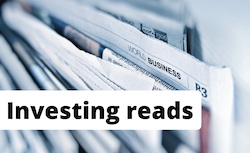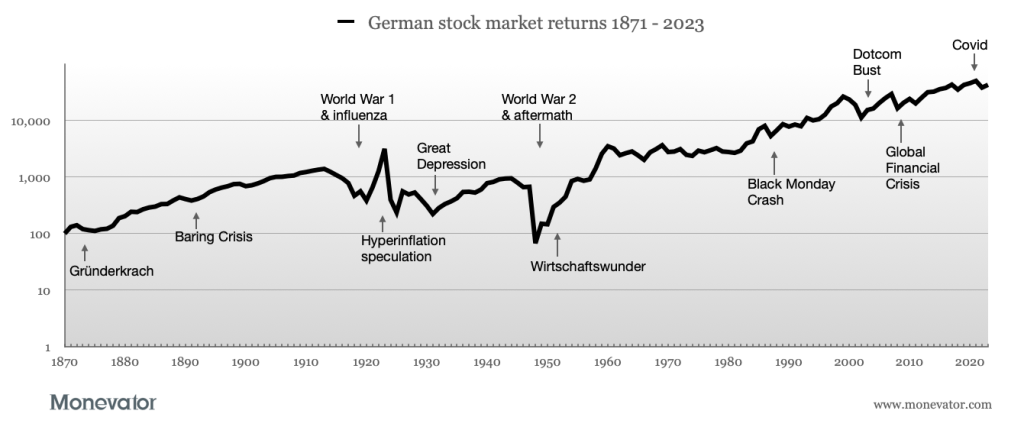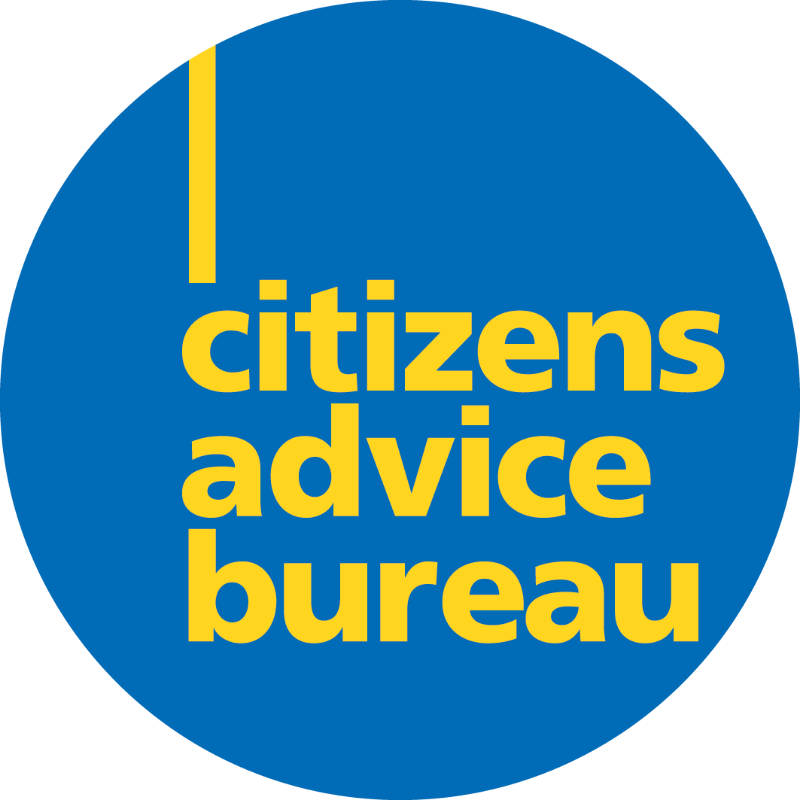
Digital bank Monzo is rolling out Monzo Investments – a new investing service that’s handled in-app, right alongside the rest of your accounts and saving pots.
And given that everyone under-35 now ‘Monzos’ each other money in the same way we all ‘Zoom’ and ‘Google’, we expect that for millions of Britons this could be a first encounter with hands-on investing.
If that’s you then you’ll probably have questions. But the good news is Monzo won its seven million-odd customers by making financial management easy, and the new investing product seems designed to hit the same spot.
In fact there are few other platforms that offer an investing experience that’s as stripped back and decluttered as this.
But is simple best when it comes to investing? What are the trade-offs you’re making if you sign-up with Monzo Investments?
Let’s get into it.
How does Monzo Investments work?
Monzo’s new investing platform is more streamlined than a dolphin on a 5/2 diet.
You can invest from just £1 a throw into one of three BlackRock funds.
BlackRock ranks among the world’s biggest investment houses and the three funds it is offering here will put your money to work in companies across the globe.
MyMap 3 Select ESG Fund
The lowest-risk fund among the three on Monzo’s investment shelf puts approximately 80% into global bonds and 20% into global equities.
‘Equities’ is investing lingo for shares in companies that trade on the stock market. Owning Apple equities, for example, makes you are a part-owner – a shareholder – in the Apple business.
Bonds are less risky. They are loans that are paid back by companies and governments over time
The MyMap 3 asset allocation split – fewer equities and a lot of bonds – means it is likely to grow your wealth at a much slower rate when compared to the other two funds available with Monzo. But this also means it’s less exposed to the (hopefully temporary) downside of a stock market crash, too.
Choose this fund if you’re nervous about investing and want to tread carefully.
MyMap 5 Select ESG Fund
The split here is around 65% global equities and 35% global bonds. The theory is that equities fuel your returns while bonds pick up the baton when stocks are down.
The 65/35 asset allocation is slightly more aggressive than the standard 60/40 portfolio that’s commonly thought of as the Goldilocks of equity risk and bond caution.
Regardless, even a standard middle-of-the-road investing portfolio won’t always deliver the positive gains we all seek when investing – at least not over a short-run of just a few years.
But if you invest for long enough, then a diversified portfolio has a very good chance of paying off without you suffering truly gut-wrenching gyrations in the value of your pot when stock markets fall.
MyMap 7 Select ESG Fund
You’ll direct 100% of your money into global equities with this fund. Such an allocation is a highly aggressive move that throws caution to the wind in a bid for growth.
It’s likely to be a hair-raising ride if you check your investments regularly. That’s because the stock market is highly volatile.
Only choose this fund if you’re young and / or unusually risk tolerant – by which we mean you could stand to see your wealth cut in half in the space of a few weeks and still soldier on.
Even so, we’d suggest you avoid choosing this option unless you already have some investing experience. That’s because it’s better to dip your toe into the water cautiously at first. Seeing your hard-won savings go down in value for the first time is not easy, and you’ll be better able to judge your own risk tolerance after it has happened to you at least once.
Unsure which fund to pick? Learning more about asset allocation will help you decide which one is right for you.
What does ESG mean?
All three of the funds on offer at Monzo have ‘ESG’ in the name. So what does this acronym stand for?
ESG stands for Environmental, Social, and Governance investing. It’s a financial industry label that indicates your investment scores more highly on sustainability and ethical metrics compared to non-ESG investments.
But does investing in an ESG fund really help make the world a better place?
The MyMap funds briefly describe their ESG policy on each fund’s webpage and in more depth in the prospectus.
But you may not be much the wiser after reading it.
And this is not a BlackRock-specific problem. It’s an investment industry-wide issue.
If you dig into ESG methodology you’ll quickly discover it’s complex, convoluted, and questionable. But hopefully it’s better than nothing.
I say ‘hopefully’, because the ESG system has been accused of greenwashing and been denounced as ‘PR spin’ – from none other than a former BlackRock chief investment officer of sustainable investment!
And we suppose he should know.
As things stand, we believe ESG funds are a good look, but a poor substitute for more powerful action like voting for political parties that prioritise the environment, reducing your carbon footprint, and refusing to purchase goods and services that don’t align with your values.
How much does Monzo Investments cost?
You’ll pay annual investment fees of 0.45% to Monzo and an additional 0.14% to BlackRock.
If you’re a Plus or Premium customer then Monzo only takes 0.35%.
What does that actually mean?
For every £100 your investment is worth, BlackRock takes 14p and Monzo 45p.
If your investment pot eventually reaches £1,000, then BlackRock would still only take £1.40 and Monzo £4.50.
That sounds like nothing, doesn’t it?
Well, the BlackRock fee is actually great value for a global fund.
But the Monzo Investments’ charge is at the high-end compared to rival percentage-fee investment platform services, though not egregiously so.
One of investing’s golden rules is that it’s vital to control costs because fees can take a huge bite out of your wealth in the long-term.
That’s because eventually you’re likely to have significant sums of money invested, you will pay fees even if you lose money, and because the charges are an instance of negative compound interest.
All that said, many people choose to bank with Monzo because they enjoy a slick and modern experience.
If that’s you and you’re using Monzo to try out investing for the first time, no worries. Just remember to think again about how competitive Monzo is for you – or isn’t – once your pot reaches around £10,000.
What investment account types does Monzo offer?
Monzo provides two types of investment account:
Stocks and shares ISA
General Investment Account (GIA)
You can invest up to £20,000 per year into a stocks and shares ISA. Or you can split that twenty grand across different types of ISAs including a Lifetime ISA and a Cash ISA.
Our article on the ISA allowance explains how the ISA system works.
ISAs are great because they enable your money to grow tax-free.
Only use a GIA when you’ve run out of room in your stocks and shares ISA. Investments in GIA’s are subject to tax on dividends and interest, as well as capital gains tax. You’re allowed a small tax-free personal allowance every year but it’s quickly used up.
Happily, you can set up a regular investing plan with Monzo to automate your accounts.
After that, you can sit back and leave your funds to grow. Of course you should expect major setbacks occasionally when equities take a tumble, particularly if you’ve chosen a riskier fund. But the markets always recover eventually.
Check out this piece on managing an investment portfolio when you’re ready to think about longer-term investment objectives.
Anything else I need to know about the MyMap funds?
All three products are actively managed multi-asset funds. Active management means the funds are run by a team of investment professionals whose results partially depend on their ability to capture opportunities by trading in the market.
This isn’t necessarily as good as it sounds and there’s an ongoing debate about the merits of active vs passive investing (the other major school of thought).
Vanguard’s LifeStrategy funds are a similar idea to MyMap but are a passive investing play.
Multi-asset funds are the ultimate in investing convenience because they bundle a diverse array of equities, bonds, and potentially other asset classes into a single investment package.
So if you don’t want to manage multiple funds in your own custom investment portfolio then multi-asset funds are a modern miracle.
Multi-asset funds are widely available on other investment platforms too, including the MyMap funds.
Are my investments safe with Monzo?
If Monzo went bust and your assets were irrecoverable, then you’d be covered by the UK Financial Conduct Authority’s Financial Services Compensation Scheme (FSCS).
In a nutshell, the scheme is designed to pay out up to £85,000 per person if your FCA authorised investment platform fails.
Monzo says its service is protected by the FSCS scheme.
The same £85,000 limit applies if BlackRock collapsed.
The scheme itself has quite a few wrinkles. Read up on the rules if you’re particularly concerned about FSCS investment protection.
Beware: the scheme doesn’t cover you for investment losses – say if the stock market implodes.
Carry on investing
Investing has changed my life and that of many Monevator readers. If Monzo Investments encourages more people to try their hand then that can only be a good thing.
Incidentally, you might think it odd that I haven’t commented on whether the MyMap funds are a good bet in terms of making you money.
There actually isn’t much data available yet on the MyMap Select ESG funds. Though the wider MyMap range looks perfectly respectable to-date versus similar multi-asset products.
But what’s not well-understood is that obsessing over fund performance is a bit of a fool’s errand. That’s because investing returns are massively unpredictable – and also because it’s extremely difficult to differentiate luck from skill.
A dazzling fund this year often looks like a dumpster fire the next. Though many ‘industry experts’ make a wonderful living from convincing the public that they can predict these winners and losers, the evidence is against them.
Warren Buffett, one of the greatest investors of all time, has explained why.
Ultimately, the best we can do is to make a thoughtful selection based on timeless investing principles such as diversification and keeping costs low – and then hope that the future will be kind to us.
So get your investing wings as early as you can, learn more about investment from educational sites like Monevator as you go, and develop a sound investing strategy as your wealth grows.
Take it steady,
The Accumulator
P.S. Do you have a younger Monzo fan in your life who would benefit from reading this article? Why not email it over to them!
The post Monzo investments: what’s on offer, is it any good? appeared first on Monevator.



